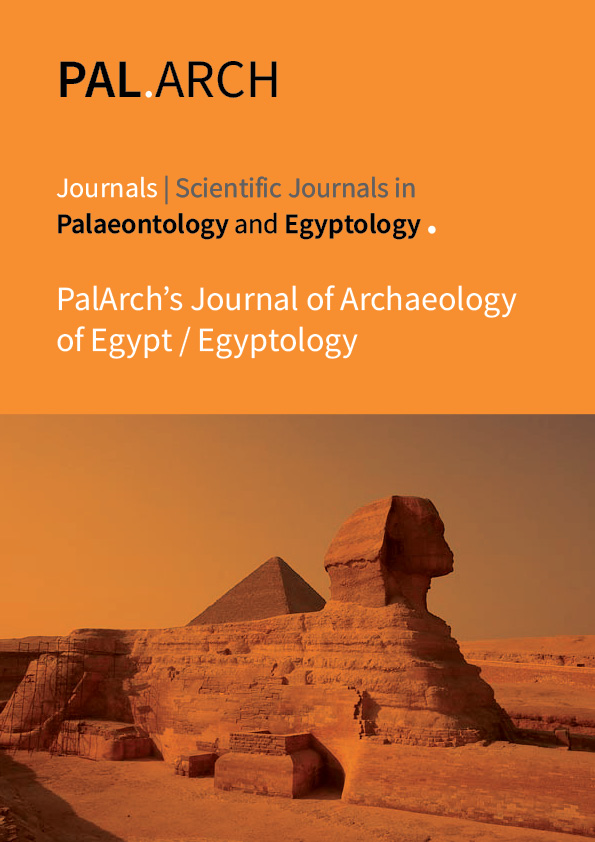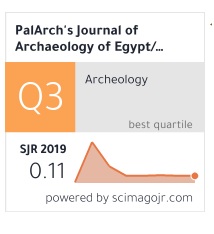Prevalence and Morphology of Torus palatinus and Torus mandibularis in Malaysian Patients
DOI:
https://doi.org/10.48080/jae.v17i7.2186Keywords:
oral tori,prevalence,torus mandibularis, torus palatinusAbstract
Aim
The purpose of the present studywere to determine prevalence of torus palatinus (TP) and torus mandibularis (TM), association of TP and TM with the age, gender and ethnicity and to describe size, shape, location and number of the TP and TM among Malaysian patients.
Materials and Method
A total of 108 patients were screened during the study taking into account of the inclusion and exclusion criteria. Demographic details such as age, gender and ethnicity were recorded. Intra-oral examination was done and clinical diagnosis was given based on presence of palatal torior mandibular tori. Patient with torus, alginate impression was made, and cast was fabricated.Shape, size and location of tori were observed for each patient. The data were statistically analysed using Chi square test and Fisher Exact test. Significance level was set at 0.05.
Results
Overall prevalence of TP was 47.22% and that of TM was 6.48%. Majority of TP are spindle shaped, falls into size of less than 3mm and found mainly in the molar region. Majority of TM falls under unilateral single and bilateral single and mainly located in the canine premolar region. There was no significant association between age and gender with tori. No significant association was present between TP and TM with ethnicity. (P=0.146 and P=0.734 respectively)
Conclusion
Prevalence of TP was high, and TM was low in Malaysians. However, there were differences among the shape, size and location of tori among the Malays, Chinese and Indians and this may reflect multifactorial etiology such as genetic factors as well as environmental factors.
Clinical significance
Both adults and children must be screened for palatal and mandibular tori as these could be manifestations of sleep disordered breathing which are not diagnosed yet. Such cases need a referral to a sleep physician for diagnosis and further management.Moreover, huge tori may necessitate the need for modifications during fabrication of complete denture.



